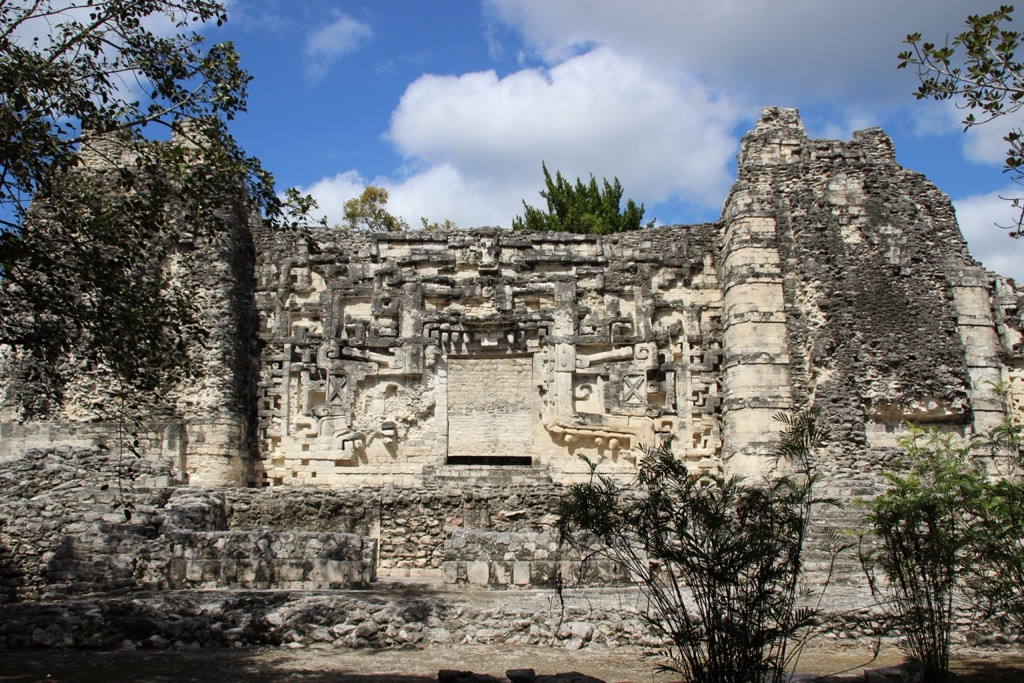Hormiguero is an ancient Maya site located in the central region of the Yucatan Peninsula. It is known for its unique and intricate architecture, including several well-preserved buildings with elaborate facades and roof combs. The site is part of the larger Puuc region, which is famous for its distinctive Maya architectural style. Hormiguero offers a glimpse into the ancient Maya civilization and its complex societal structures, religious practices, and artistic achievements.
Get your dose of History via Email
Historical Background of Hormiguero, Mexico
The discovery of Hormiguero dates back to the early 20th century. Archaeologist Raymond Merwin first documented the site in 1910. The Maya built Hormiguero during the Late Classic period, around 600-900 AD. It was a time of significant development and expansion for the Maya civilization. The site’s intricate buildings suggest it was an important ceremonial center. Over time, the Maya abandoned Hormiguero, and the jungle reclaimed it until its rediscovery.
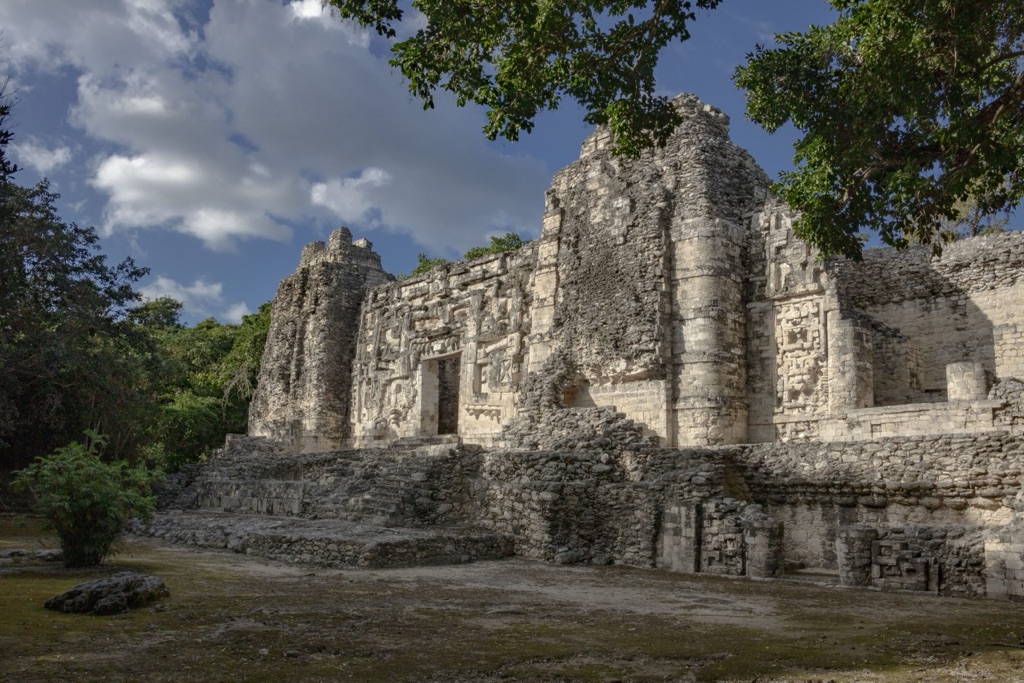
The builders of Hormiguero were the ancient Maya, a civilization known for its sophisticated culture. They excelled in various fields, including astronomy, mathematics, and writing. The Maya constructed Hormiguero using their advanced knowledge of architecture and urban planning. The site’s design reflects the Puuc style, characterized by ornate facades and intricate stone mosaics.
After the initial discovery, further explorations and excavations took place. These efforts have provided insights into the site’s historical significance. Hormiguero’s structures have withstood the test of time, offering a window into the past.
The Maya left no written records about the specific purpose of Hormiguero. Yet, its architectural features suggest it served religious and administrative functions. The presence of elite residences indicates that it may have been home to high-ranking individuals. The site’s layout, with its central plazas and surrounding structures, supports this theory.
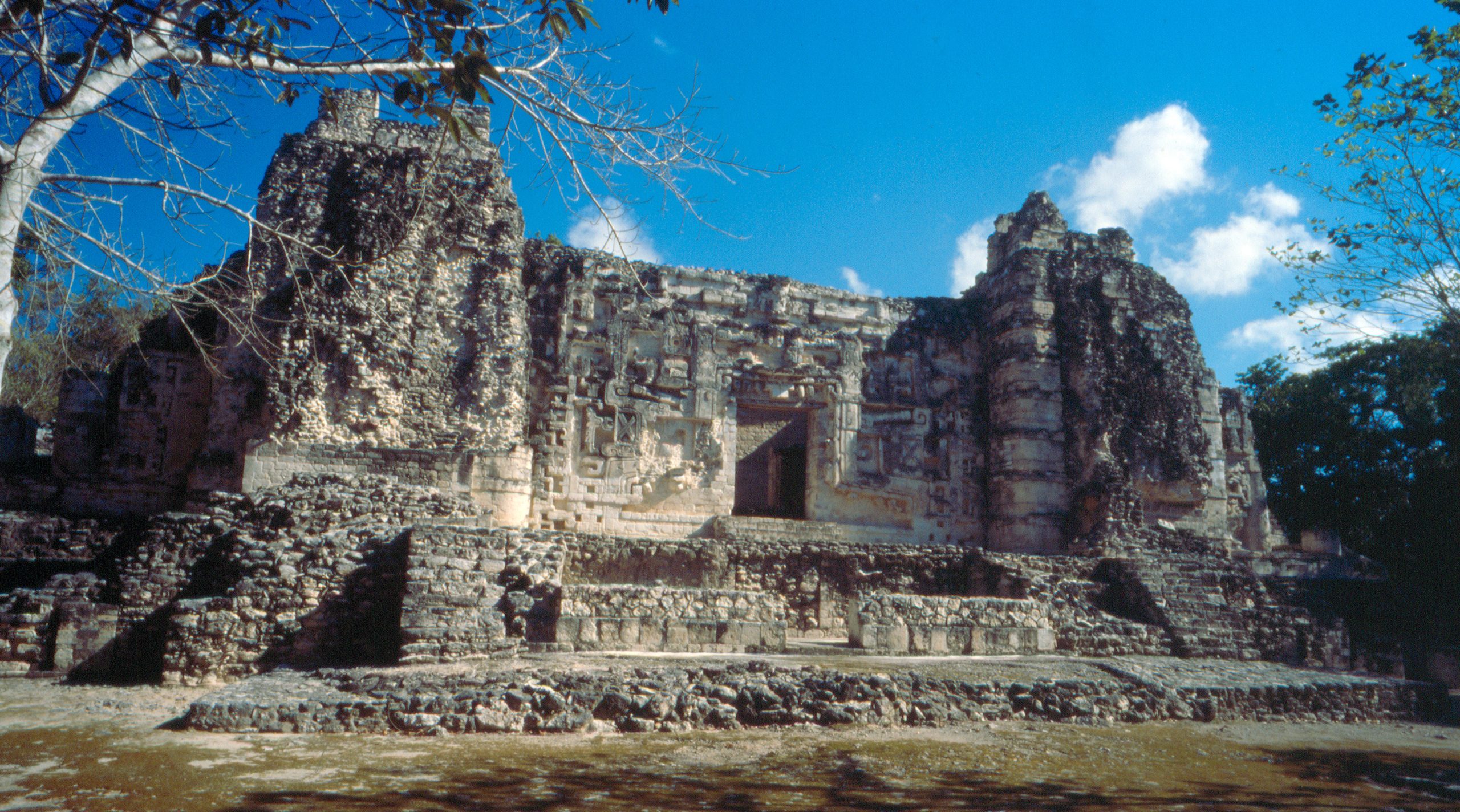
Hormiguero’s history is not just about its creation and use by the Maya. It also includes the site’s modern-day significance. Today, it is a valuable archaeological site that provides researchers with information about the Maya civilization. It also serves as a cultural heritage site for the descendants of the Maya and the broader public interested in ancient cultures.
About Hormiguero, Mexico
Hormiguero is situated in a region known for its challenging terrain, which includes dense forests and limestone bedrock. The site encompasses several structures, including temples, palaces, and plazas. The buildings at Hormiguero are notable for their elaborate facades, featuring stone mosaics and masks of the Maya rain god, Chaac.
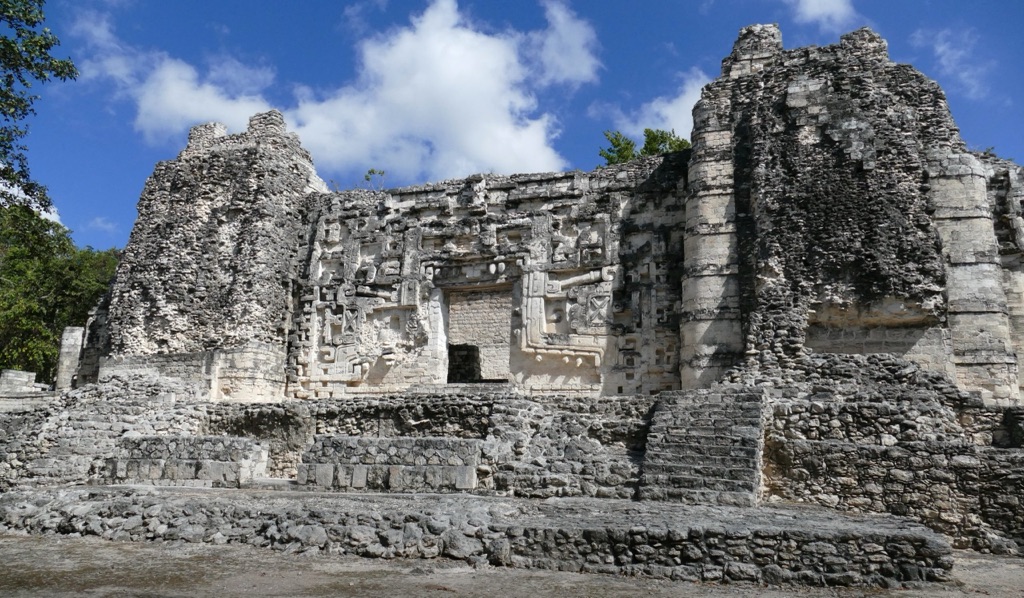
The construction of Hormiguero involved the use of limestone, which was abundant in the region. The Maya craftsmen carved the stone with great precision to create the intricate designs seen on the buildings. The architectural highlights of Hormiguero include the roof combs that adorned some of its structures, adding to their grandeur.
One of the most remarkable buildings at Hormiguero is Structure V. It features a facade with three doorways, each flanked by large stucco masks of Chaac. The central doorway leads to an inner chamber, which may have been used for religious ceremonies. The building’s design is a testament to the Maya’s artistic and architectural prowess.
The methods of construction at Hormiguero were typical of the Puuc style. The Maya used a core-and-veneer technique, where a rubble core was covered with a veneer of well-cut stones. This method allowed for the creation of smooth surfaces that were ideal for carving and decoration.
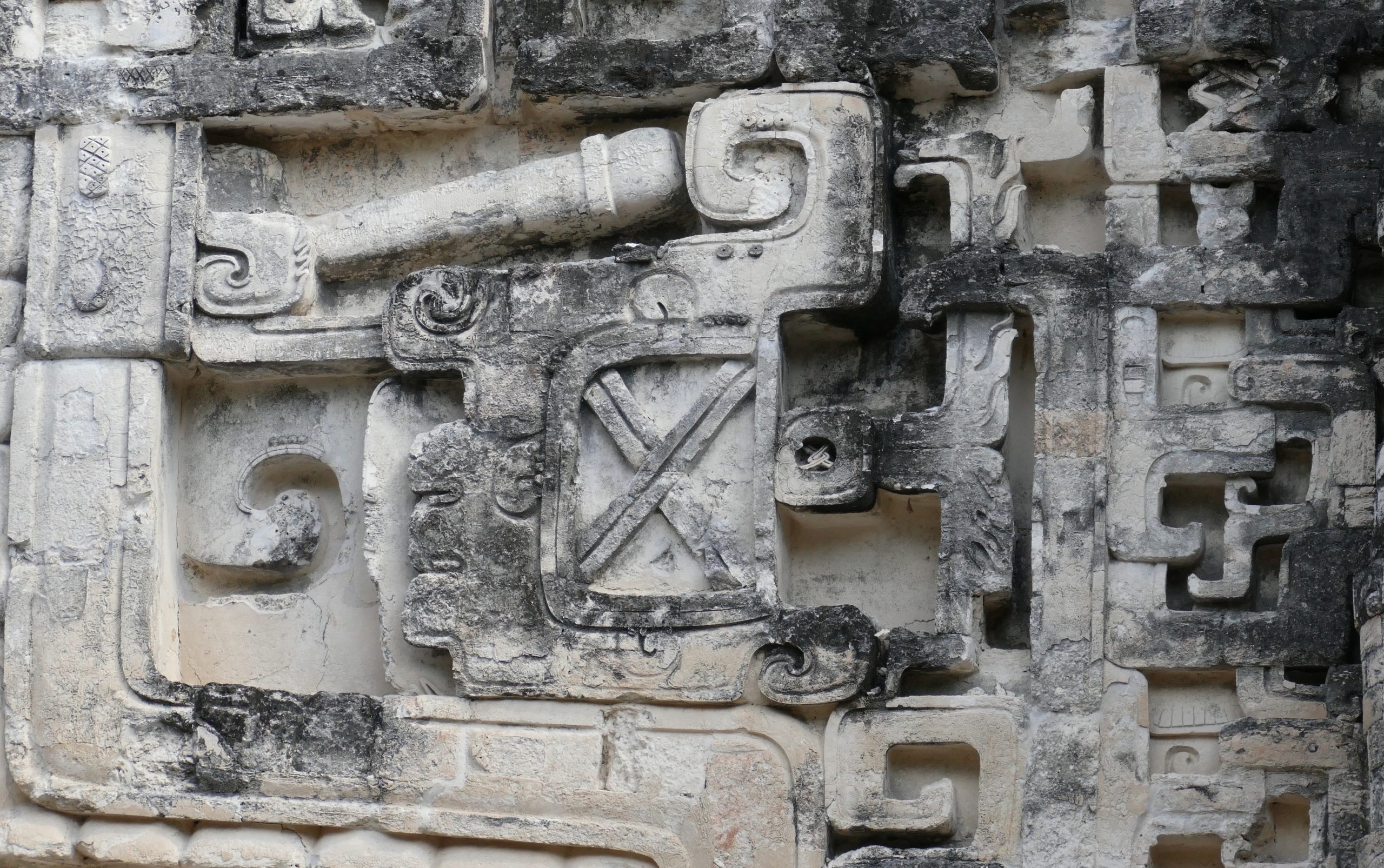
The site’s layout includes a central plaza surrounded by important buildings, which was a common urban design in Maya cities. The arrangement of structures at Hormiguero suggests a well-planned community with distinct areas for ceremonial, administrative, and residential purposes. The site’s architecture provides valuable insights into the social and political organization of the Maya during the Late Classic period.
Theories and Interpretations
Several theories exist about the use of Hormiguero. Some scholars believe it was primarily a ceremonial center, while others suggest it had administrative functions. The presence of elite residences implies that it may have been home to Maya nobility or high priests.
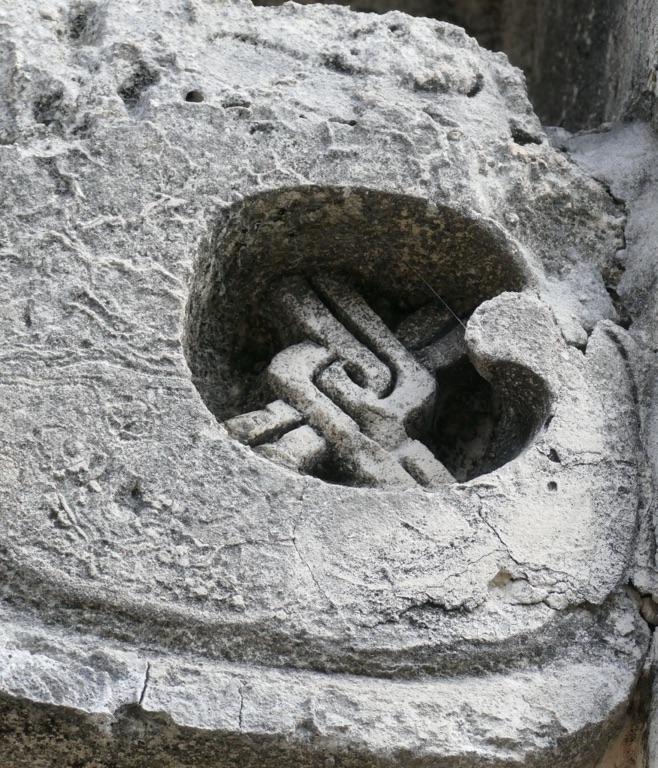
The mysteries of Hormiguero include the purpose of certain unusual structures and the meaning of its intricate carvings. Researchers have had to interpret these features and match them to historical records of Maya culture. The site’s iconography, including the depictions of Chaac, provides clues to its religious significance.
Dating Hormiguero has been carried out using methods such as ceramic typology and radiocarbon dating. These techniques have helped establish the timeline of the site’s occupation and use. The results align with the broader chronology of the Maya civilization during the Late Classic period.
One interpretation of Hormiguero’s layout and architecture is that it reflects the Maya cosmology and belief system. The orientation of buildings and the spatial arrangement of the site may have had astronomical significance, aligning with celestial events important to the Maya.
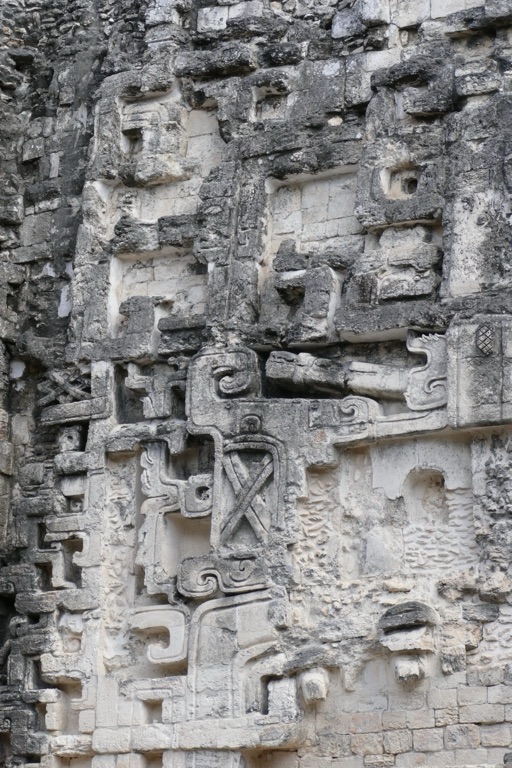
Theories about Hormiguero continue to evolve as new discoveries are made. Ongoing archaeological work and advancements in technology, such as LiDAR scanning, have the potential to uncover more about the site’s history and purpose. Each new finding contributes to a deeper understanding of the ancient Maya and their remarkable achievements.
At a glance
Country: Mexico
Civilization: Maya
Age: Late Classic period, approximately 600-900 AD
Conclusion and Sources
The information in this article has been obtained from the following reputable sources:

